Author: MushroomPicker
-

US Spring Mushroom Hunting Calendar (March-June)
The art of spring mushroom hunting in the United States follows a precise yet dynamic calendar, influenced by regional climate patterns and ecological conditions. From March through June, different species emerge in a predictable sequence across various geographical zones, creating distinct opportunities for foragers nationwide. While the Midwest sees morels pushing through leaf litter by…
-

Bear’s Head Tooth: Key Features for Proper Identification
The fascinating Bear’s Head Tooth mushroom (Hericium americanum) stands as one of nature’s most distinctive fungi, presenting foragers with both opportunity and challenge in proper identification. Its cascading white spines and intricate branching structure make it a remarkable sight in North American forests, yet these features alone aren’t sufficient for definitive identification. While this mushroom…
-

Wine Cap Mushroom: Growing and Identification
Wine Cap mushrooms offer an intriguing blend of accessibility and mystique in the realm of mycology. These distinctive fungi, with their rich burgundy caps and robust white stems, have gained popularity among both foragers and home cultivators for their relative ease of identification and cultivation. While their appearance may suggest complexity, Wine Caps are remarkably…
-

Meadow Mushroom Identification Guide
Proper identification of Meadow Mushrooms is importnat for safe foraging and cooking. Their distinct cap, gills, and stem characteristics help distinguish them from toxic lookalikes. Understanding these features ensures both successful gathering and safe consumption. Key Takeaways Habitat and Distribution Meadow mushrooms thrive in a variety of open, grassy environments, with notable occurrences in meadows,…
-
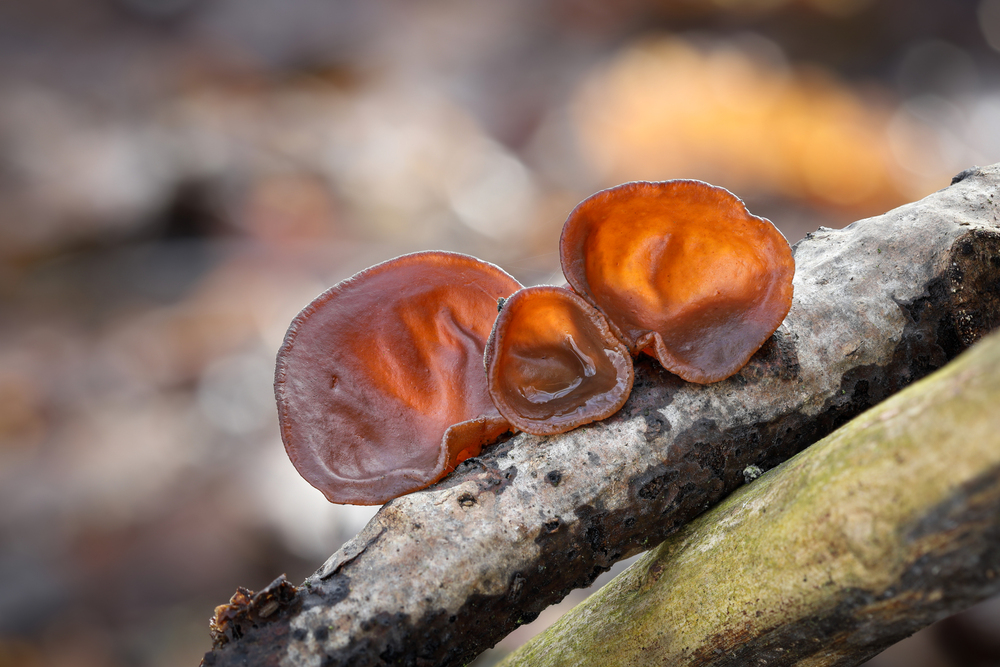
Wood Ear Identification on Dead Trees
The identification of wood ear mushrooms on dead trees is an essential skill for both mycologists and enthusiasts interested in fungal ecology. Recognizable by their distinct ear-like shapes and varied hues ranging from dark brown to black, these fungi adapt to their environment in fascinating ways. Their growth patterns and habitat associations offer insights into…
-
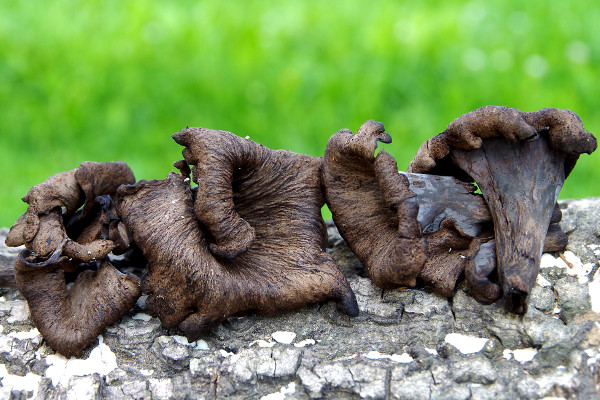
Black Trumpet Hunting: How to Spot these Elusive Mushrooms?
Black trumpet mushrooms, prized for their flavor, require careful foraging in damp, shaded hardwood forests. Their dark coloring and funnel shape often blend with forest floor debris, making them challenging to spot. Understanding their habitat preferences and growth patterns is crucial for successful identification and collection. Key Takeaways Habitat and Distribution The habitat and distribution…
-

Shaggy Mane Mushroom: Key Identification Characteristics
The Shaggy Mane mushroom (Coprinus comatus) stands out with its distinctive cylindrical cap covered in shaggy scales and color-changing gills. This edible fungus is known for its unique deliquescent nature, transforming into a black liquid as it matures, making it easily identifiable among similar species. Key Takeaways Habitat and Distribution The Shaggy Mane mushroom (Coprinus…
-
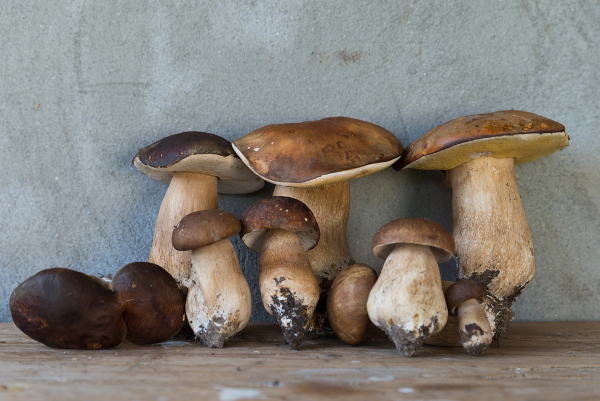
Porcini Mushroom Identification Guide
Porcini mushroom identification requires careful attention to specific features due to potential lookalikes. Safe foraging depends on understanding their habitat, physical characteristics, and proper harvesting practices. Key Takeaways Habitat and Distribution In various ecosystems around the world, porcini mushrooms thrive in specific habitats that favor their growth. These fungi are primarily found in areas dominated…
-
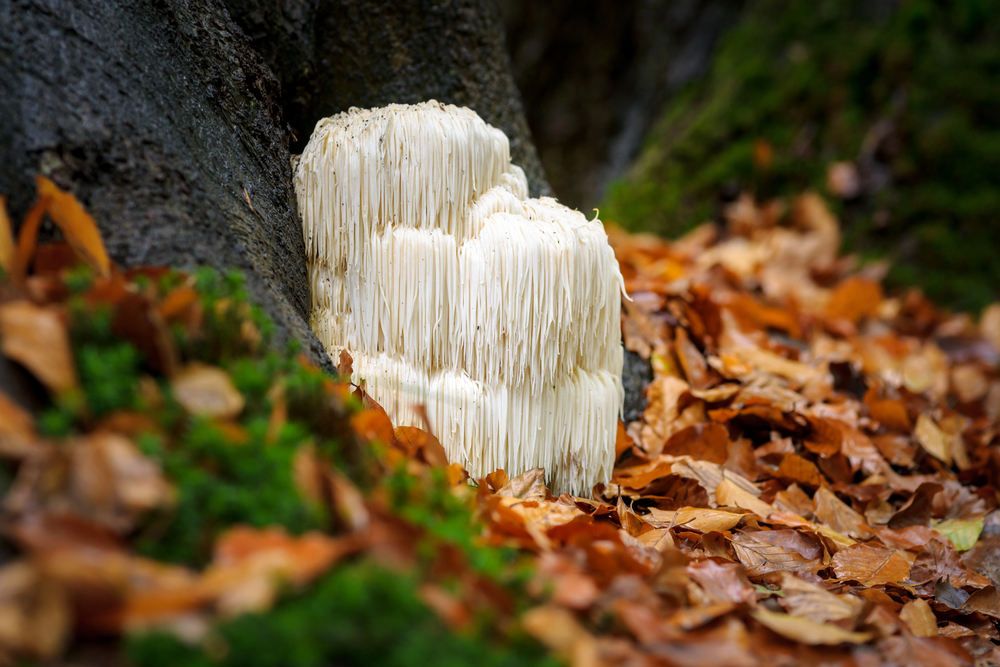
Lion’s Mane: Identifying This Distinctive Fungus
Lion’s Mane, or Hericium erinaceus, is a fascinating fungus that presents a unique challenge for both mycologists and foragers alike. Recognizable by its distinctive pom-pom shape and the striking white to yellow spines, this species thrives on decaying hardwoods, primarily in temperate regions. Understanding its key identification features, in addition to its ecological preferences, is…
-
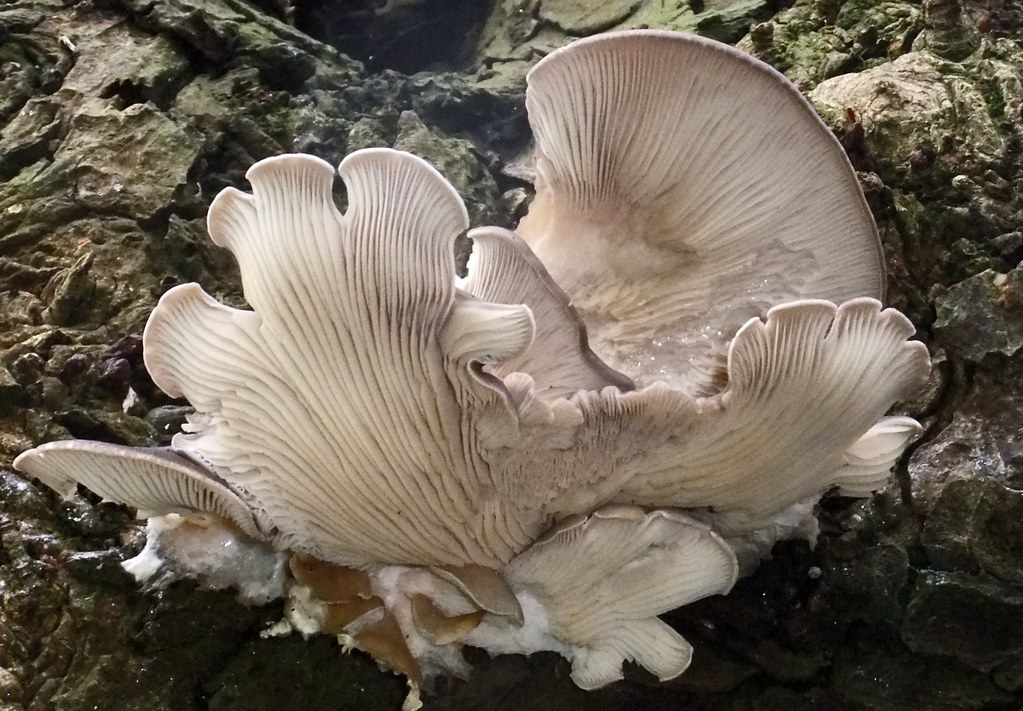
Oyster Mushroom Identification Through the Seasons
The identification of oyster mushrooms changes significantly with the seasons, necessitating an understanding of their growth patterns and key morphological traits. In the spring and fall, these fungi thrive on decaying hardwoods, often catching the attention of foragers with their unique fan-shaped caps. Nevertheless, the ever-present risk of misidentification with similar species emphasizes the importance…
-
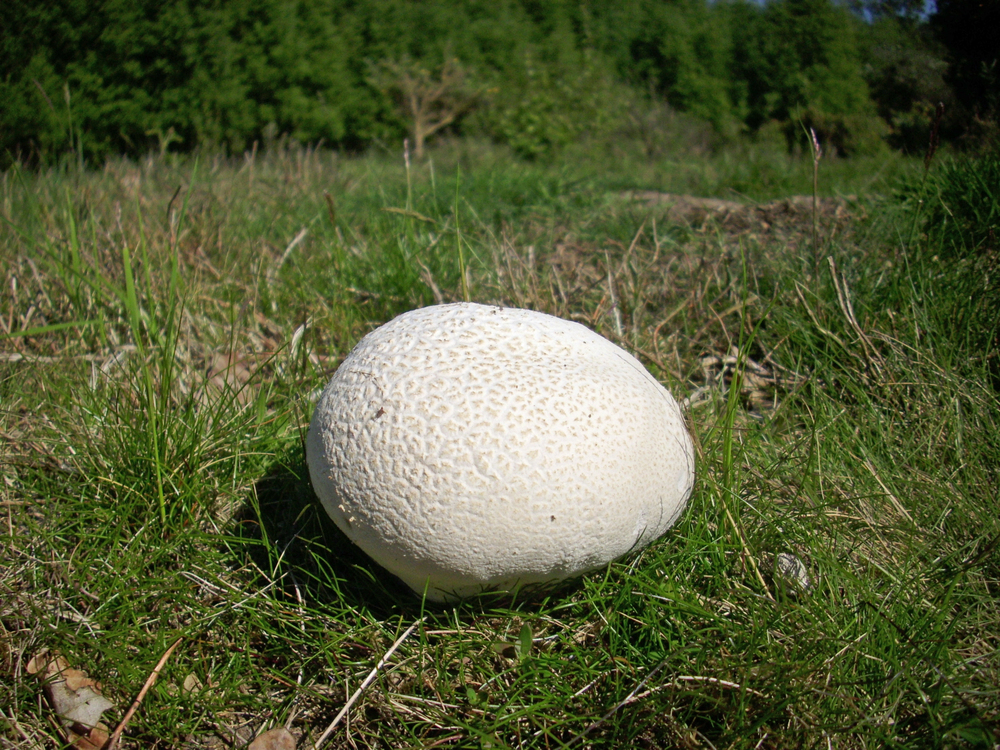
Giant Puffballs: Essential Identification Features
Giant puffballs are notable for their distinctive morphology and unique characteristics that assist in identification in diverse habitats. Their spherical or pear-shaped form, combined with a smooth, leathery skin that transitions from white to tan, are pivotal features for foragers and enthusiasts alike. Significantly, the absence of a stem or cap sets them apart from…
-
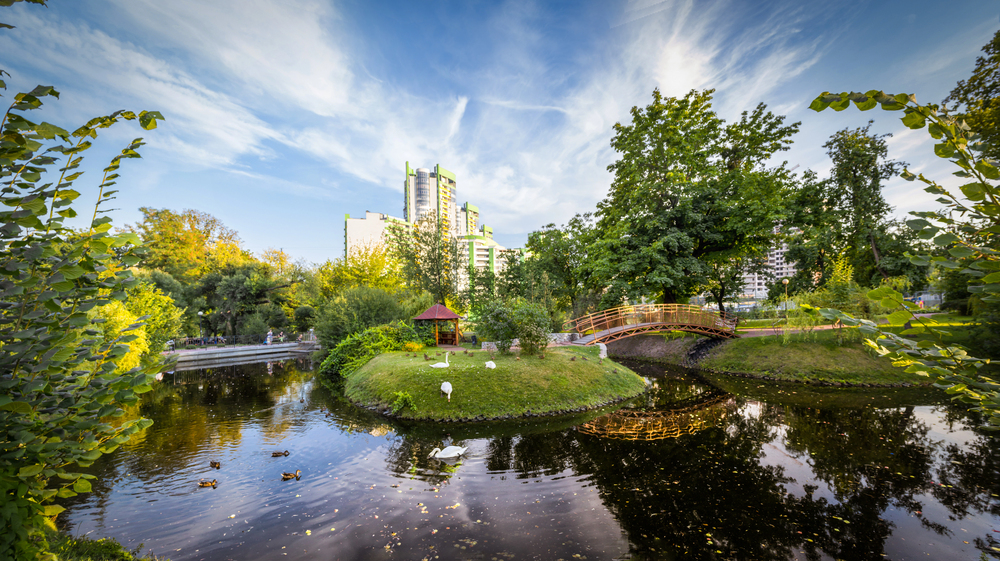
Urban Mushroom Foraging
Urban mushroom foraging represents a fascinating intersection of wilderness skills and city living, offering both rewards and challenges for those interested in harvesting wild fungi from metropolitan green spaces. While the practice has gained popularity among sustainability enthusiasts and culinary adventurers, it requires careful consideration of safety protocols, local regulations, and proper identification techniques. The…
-

Creating Mushroom Maps
Creating accurate mushroom maps represents a critical intersection between traditional foraging knowledge and modern technology. While experienced mycologists have long relied on hand-drawn maps and mental notes, today’s digital mapping tools offer unprecedented precision in documenting and tracking valuable fungi locations. The integration of GPS coordinates, seasonal data, and ecological indicators transforms simple location marking…
-
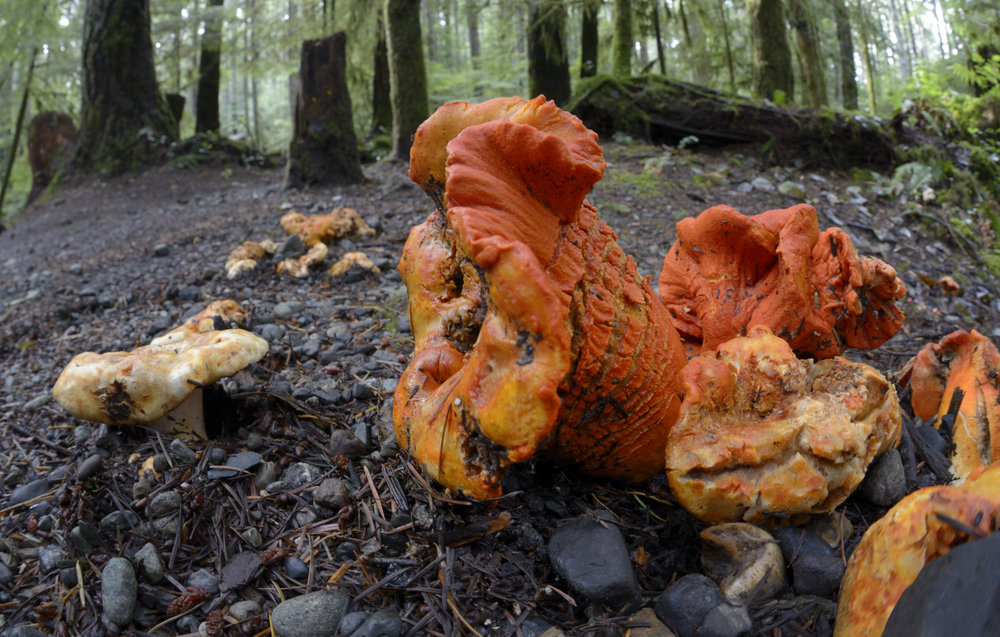
Lobster Mushroom: Identifying this Parasitic Fungus
The lobster mushroom is a parasitic fungus that transforms its host into a bright orange-red form, making it easily identifiable in the wild. This unique lifecycle, where one fungus colonizes another, creates one of North America’s most distinctive and sought-after edible mushrooms. Key Takeaways Understanding the Lobster Mushroom While commonly known as the lobster mushroom,…
-
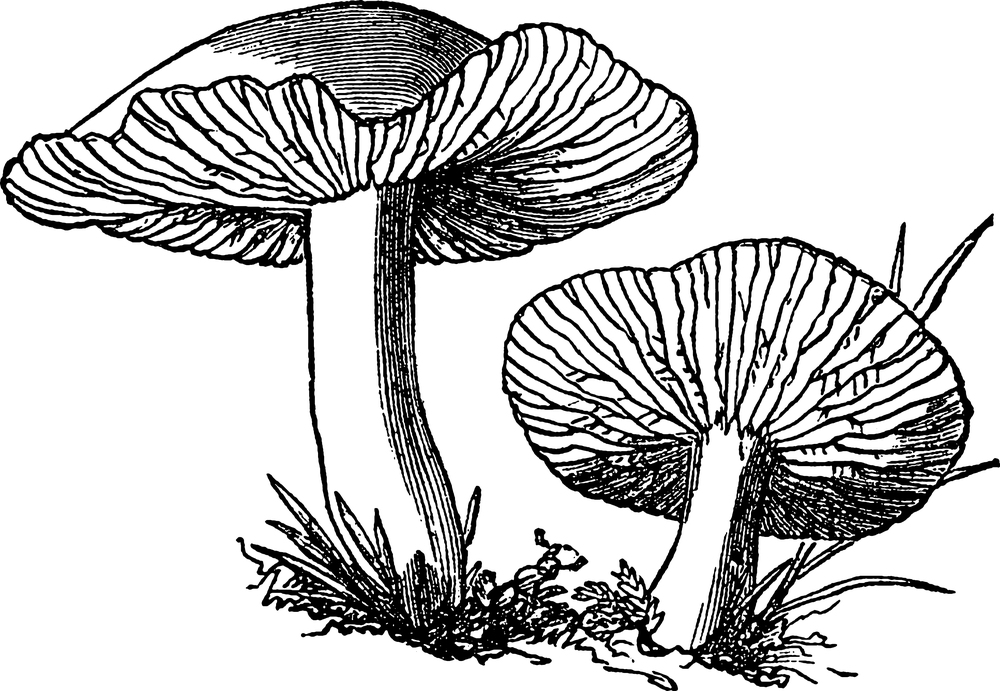
Basic Mushroom Anatomy for Beginners
Mushrooms, with their mysterious presence in forests and fields, represent one of nature’s most fascinating life forms. While these organisms may appear simple at first glance, their anatomical structure reveals a complex system perfected through millions of years of evolution. From the visible cap that crowns their presence to the invisible network of threads beneath…
-
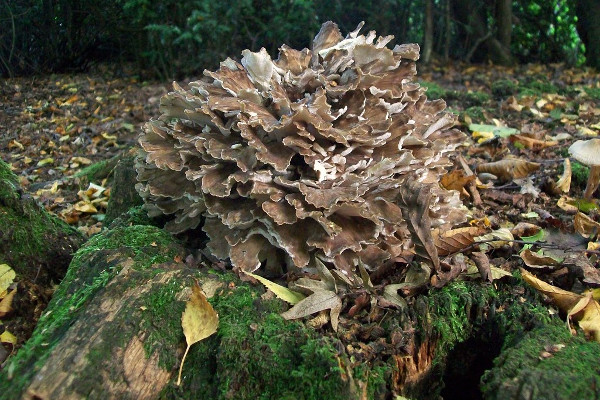
Hen of the Woods Identification: Finding and Recognizing Maitake
Maitake mushroom, prized by foragers and chefs alike, represents one of nature’s most distinctive wild edibles. This remarkable fungus, known scientifically as Grifola frondosa, emerges each autumn as an intricate collection of gray-brown fronds that can reach impressive proportions at the base of mature hardwoods. While its culinary and medicinal properties have garnered considerable attention,…
-

Chicken of the Woods: A Beginner’s Guide to Safe Identification
Among the most sought-after wild mushrooms, Chicken of the Woods stands out with its unmistakable bright orange-yellow shelves cascading down hardwood trees like nature’s own neon sign. While its striking appearance and savory, chicken-like flavor make it an appealing target for novice foragers, proper identification remains vital for safe harvesting. Though considered one of the…
-
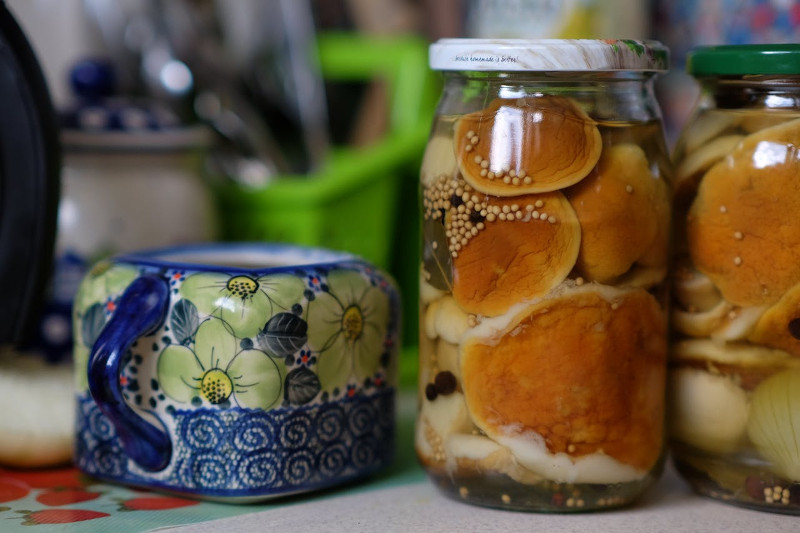
Mushroom Fermentation – How to Ferment Mushrooms?
Mushroom fermentation represents a fascinating intersection of ancient preservation techniques and modern culinary innovation. This time-tested process transforms ordinary fungi into complex, probiotic-rich ingredients while enhancing their natural umami characteristics and nutritional profile. Whether you’re a home cook seeking to expand your preservation skills or a health enthusiast interested in gut-friendly foods, understanding the art…
-

Mushroom Hunting Etiquette
Mushroom hunting, a time-honored tradition that connects foragers with nature, requires more than just keen eyes and botanical knowledge. As interest in wild mushroom foraging continues to grow, understanding and practicing proper etiquette becomes increasingly vital for preserving both the ecosystem and the culture surrounding this ancient practice. From securing necessary permits to employing sustainable…
-
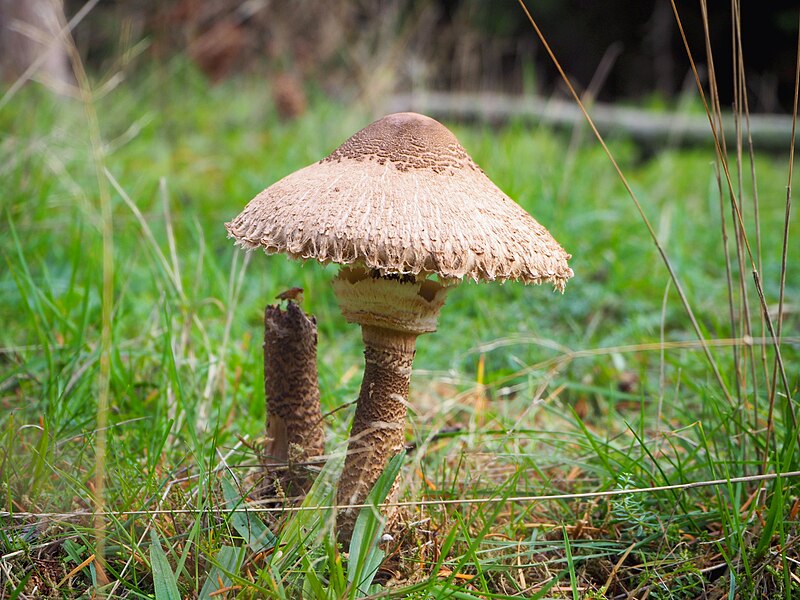
False Parasol Mushroom Identification
The false parasol mushroom presents one of the most challenging identification puzzles for both novice and experienced foragers. While its distinctive brownish scales and impressive size might tempt casual observers to classify it as an edible species, this deceptive fungus harbors dangerous toxins that can cause severe illness. As urban gardens and cultivated areas become…
-
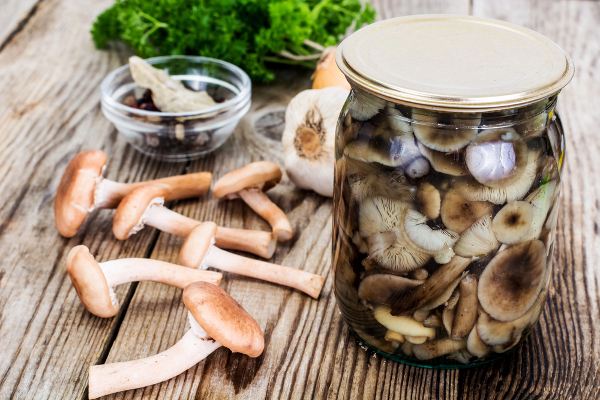
Mushroom Oil Benefits – Unlocking the Power of Mushroom Oils
Mushroom oils are gaining attention in the health and culinary sectors, offering a unique combination of nutritional benefits and flavor enhancement. These oils, abundant in fatty acids and bioactive compounds, have the potential to change dietary habits and boost overall health. Advances in extraction methods and a growing interest in sustainable options are opening doors…
-
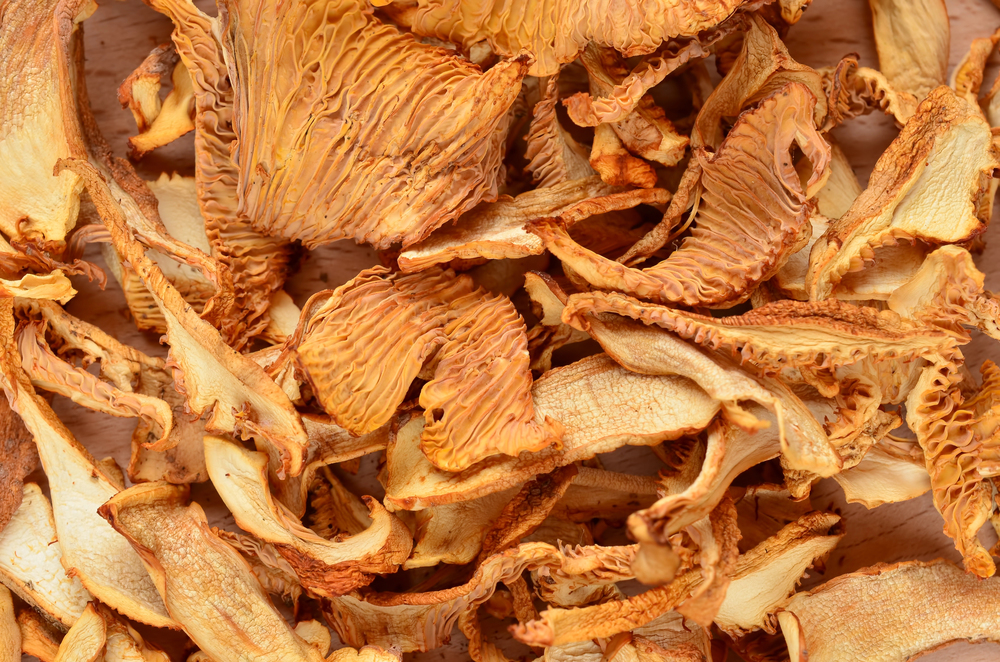
How to Freeze-Dry Mushrooms at Home?
The rising popularity of freeze-dried mushrooms has led to a deeper look into this preservation method, which extends shelf life while maintaining the key qualities of fresh fungi. Through a careful low-temperature dehydration process, these mushrooms offer various nutritional benefits and culinary applications. However, the implications of their use in modern cooking, along with common…
-

Mushroom Preservation Techniques: A Comprehensive Guide
Mushroom preservation poses an intriguing challenge for culinary enthusiasts and food preservationists. Techniques such as freezing, pickling, dehydration, canning, and freeze drying can enhance mushrooms’ distinctive flavors while extending their shelf life. Each method presents unique benefits and considerations that may impact taste and nutritional value. Understanding these processes is important for anyone wishing to…
-
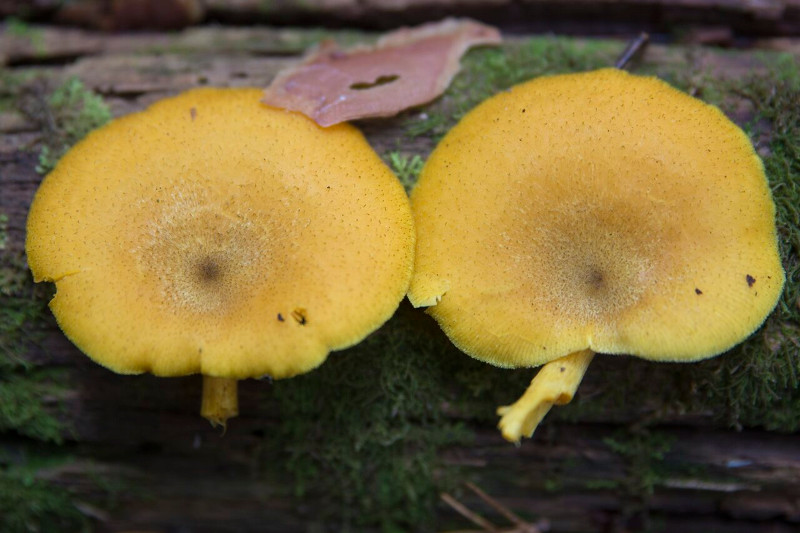
Prunes and Custard Mushroom Identification
Among the intriguing species is Tricholomopsis decora, commonly known as the Prunes and Custard mushroom, which belongs to the Tricholomataceae family. Originally described by the Swedish mycologist Elias Magnus Fries in 1821 as Agaricus decorus, this species underwent significant taxonomic revisions, with Rolf Singer reclassifying it into the newly defined genus Tricholomopsis in 1939, reflecting…
-
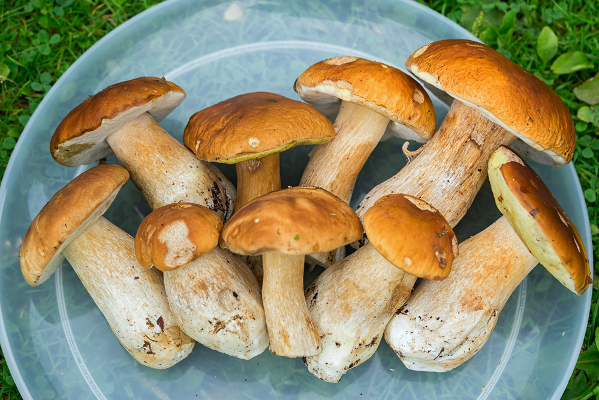
Alternatives for Porcini Mushrooms
Porcini mushrooms are known for their unique flavor and versatility, but there are several appealing alternatives for chefs and home cooks. Shiitake mushrooms offer a rich umami taste, while king oyster mushrooms provide a hearty texture. Dried variations also serve as practical substitutes, broadening the possibilities in a dish. Exploring these alternatives encourages a thoughtful…
-
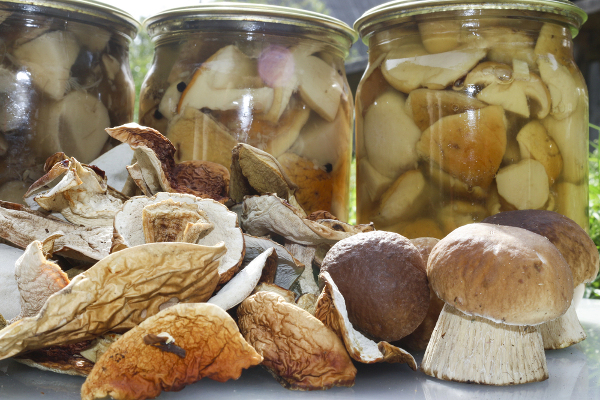
How to Make Mushroom Oil?
Mushroom oil is an exciting way to elevate your cooking, adding a rich flavor to various dishes. The process begins with choosing the right mushrooms, as this greatly impacts the flavor. Using high-quality oil and optional aromatics is also important, and the infusion method plays a key role in achieving depth. Exploring these techniques will…
-
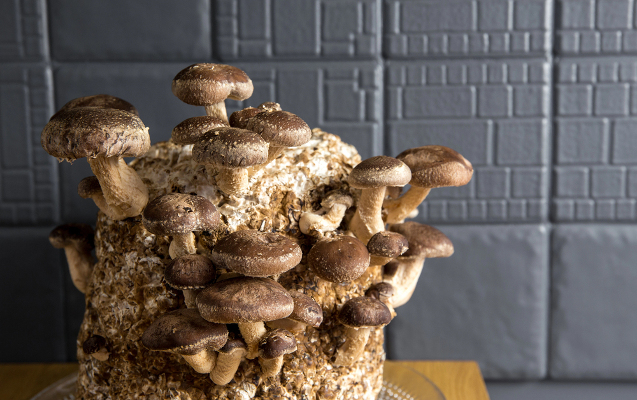
Mushroom Grow Kit – What is in it and how does it work?
Mushroom grow kits provide a simple and efficient way for enthusiasts to cultivate their own fungi at home. These kits allow individuals to experience the rewarding process of mushroom cultivation with minimal setup and guidance, fostering a connection to nature. Typically, they come with everything needed to start, making them suitable for both beginners and…
-
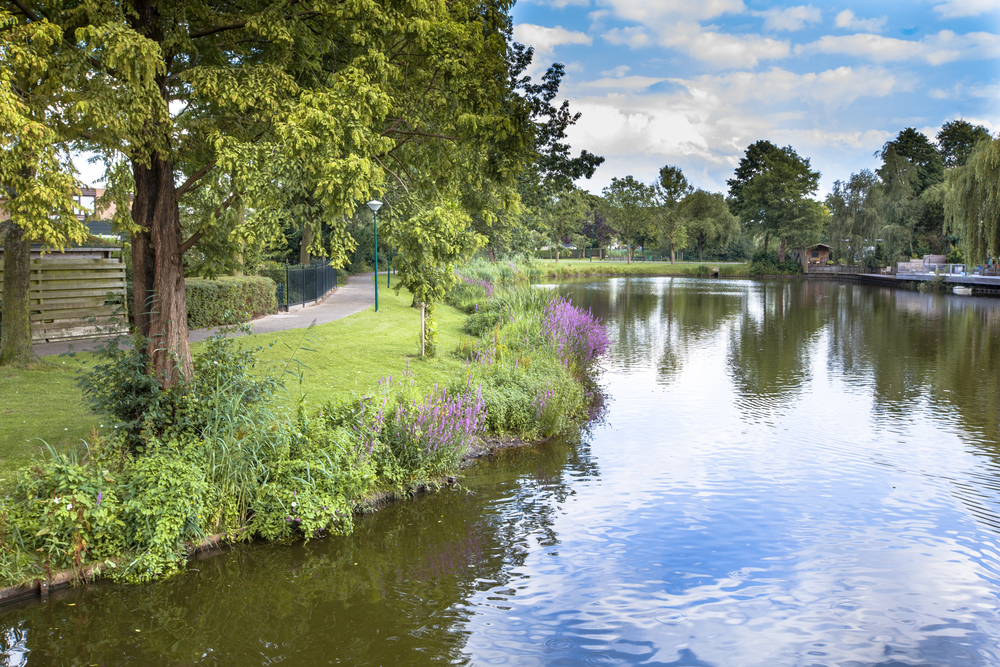
Best Urban Areas for Foraging Fungi
Urban areas, often viewed as concrete jungles, can surprisingly support rich ecosystems for foraging fungi. Cities like Portland and San Francisco are notable for their favorable climates and diverse habitats, while Chicago and New York City provide unexpected foraging spots within their parks. Seattle’s vibrant mycological community further enhances the experience, offering resources for both…
-
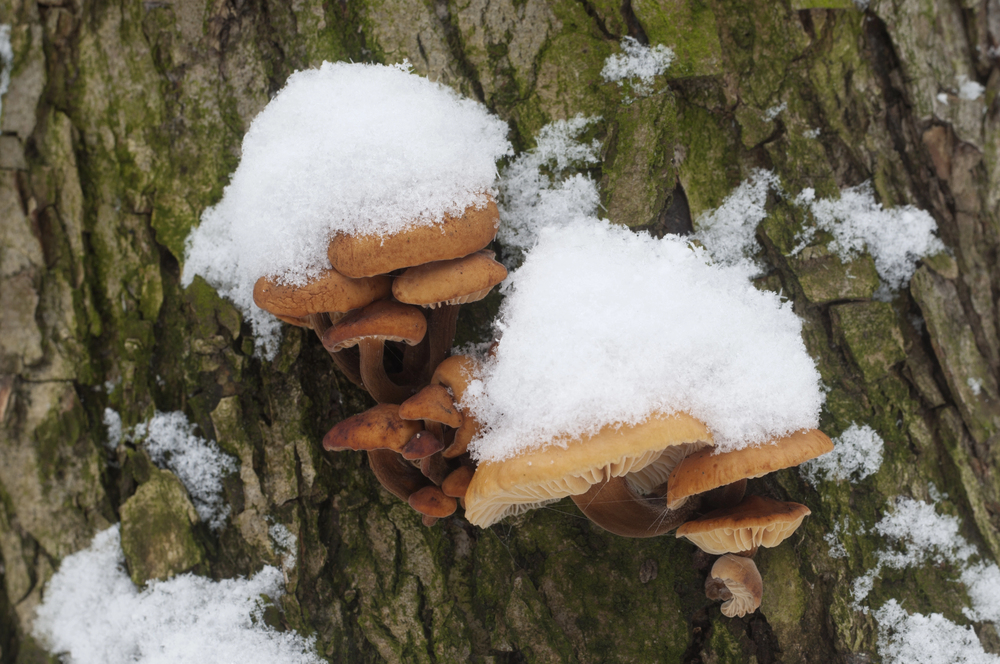
Benefits of Eating Mushrooms in Winter
As winter approaches, many look to adjust their diets to support health during the colder months. Incorporating mushrooms into winter meals offers numerous benefits, including boosting immunity and promoting heart health. Nutritional Benefits Mushrooms are a fantastic addition to the winter diet, offering a variety of nutritional benefits. They are rich in essential nutrients such…
-
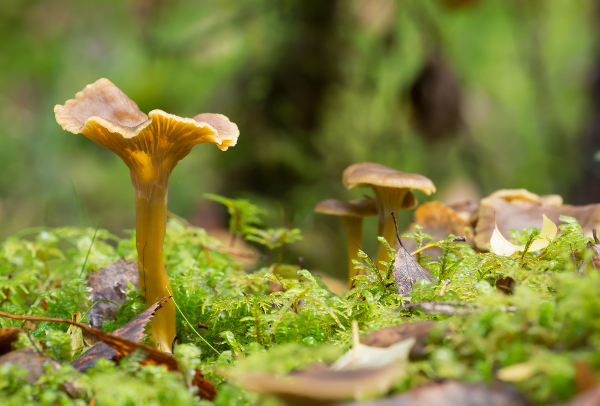
Winter Mushrooms
Winter mushrooms offer an intriguing subject, especially regarding their culinary and ecological roles. Varieties like Winter Chanterelles and Velvet Shank enhance seasonal dishes while providing essential nutrients in colder months. Exploring the unique traits and advantages of these fungi can enrich one’s understanding of foraging and sustainable practices. However, what specific conditions enable these mushrooms…
